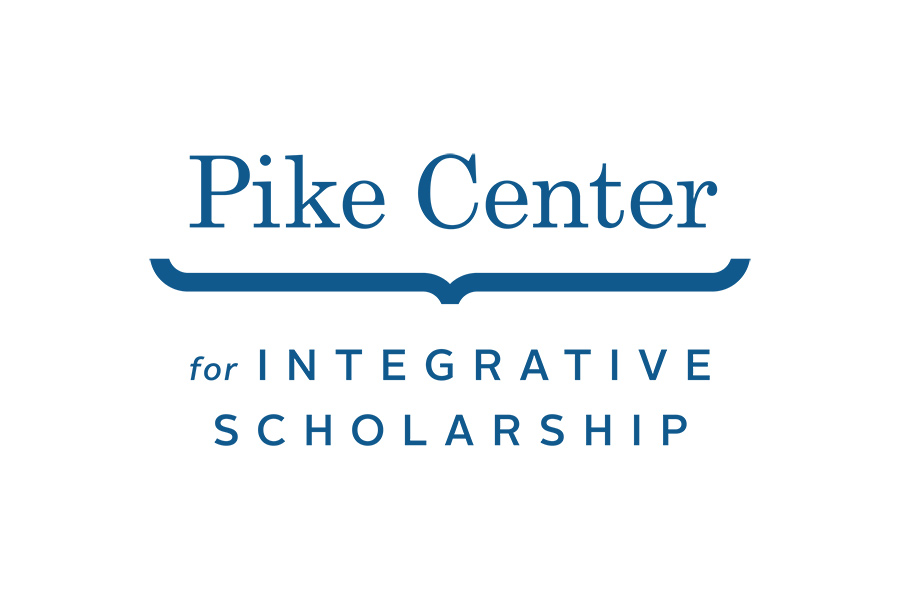Pike Center awards three small grants
Through its Small Grants Program, the Pike Center sponsors research and publication that address issues faced by language communities on the margins of society. We are pleased to announce that three grants have been awarded in the latest cycle of this program.
$3,000 has been awarded to Whitney Cary for a project entitled “Use of Immersive Technologies in the Documentation of Pahari, an Endangered Language of Nepal.” While Pahari is used as a first language by more than 3,000 speakers, the majority of the ethnic community has shifted to Nepali. This project will use technologies like 360° imaging and video, ambisonic recording, and LiDAR (Light Detection and Ranging) to create language documentation that incorporates virtual and augmented reality. In addition to producing a holistic language corpus that better captures the interconnectedness of language, culture, and environment, it is hoped that using immersive technologies to present language documentation will be more compelling for community members, especially among young people and heritage learners. Ms. Cary is a Field Linguist and Archivist affiliated with SIL International; she holds an MA in Applied Linguistics from Dallas International University.
$3,000 has been awarded to Ken Olson for a project entitled “Map of Primary Lingua Francas in Africa.” The maps currently published in Ethnologue identify national languages and plot the ranges of local languages, but in between is a mosaic of regional languages that serve as languages of wider communication across the local language communities. This project will fill gaps in the Ethnologue information on second language use so that a continent-wide map of the lingua francas can be added to Ethnologue and presented at a major conference on African linguistics. Dr. Olson is a Linguistics Consultant with SIL International; he holds a PhD in Linguistics from the University of Chicago.
$3,000 has been awarded to Colleen Ahland for a project entitled “The Expression of Number in Gumuz and Daats'iin.” Gumuz and Daats'iin are Nilo-Saharan languages of Ethiopia in which the expression of number poses a challenge for translation. They mark number on nouns (e.g. singular, plural) but only in certain circumstances; reference to number is not required. They have another system of number that is marked on verbs (e.g. pluractional) to indicate that more than one event or action is being referenced, and this marking is similarly not required. The description resulting from this research will increase our understanding of how number (both nominal and verbal) is expressed in these languages and how it is best translated across languages. Dr. Ahland is a Linguistics Consultant with SIL Ethiopia; she holds a PhD in Linguistics from the University of Oregon.
